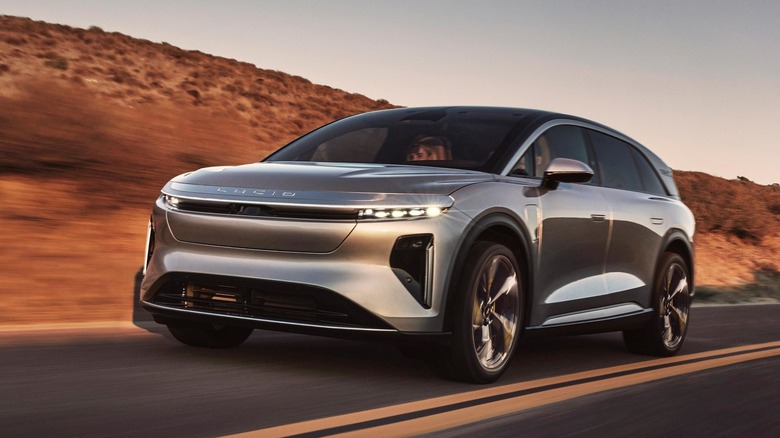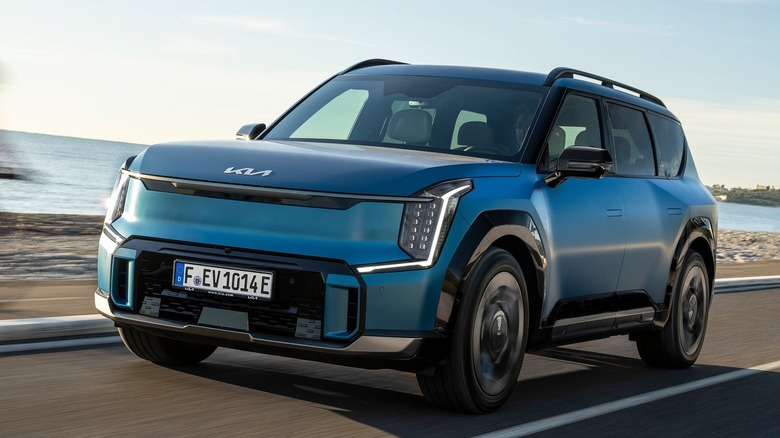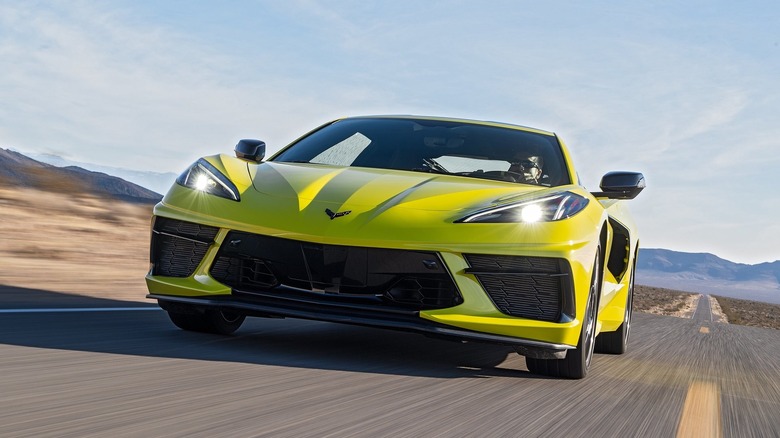President Trump took a break from taking health insurance away from millions of people to announce a 50% tariff on all imported copper on Tuesday. It currently isn’t clear when (or even if) the tariffs will actually go into effect, but CNN reports the U.S. imported about $17 billion worth of copper in 2024, with China being the largest source. Assuming 10,000 Tariff Grandpa actually follows through with his plan, the tariffs are expected to increase the cost of copper across the board, including copper produced in the U.S., meaning everything that uses copper in any of its components will also get more expensive.
Copper prices are already up about 38% so far this year, all thanks to the economic chaos Republicans have needlessly created, and the tariff announcement drove up the price of copper futures by 15%, hitting a record price of $5.68 a pound. That, of course, is bad news for car buyers. Even if cars are built in the U.S. and therefore not subject to the Republican import tariffs, you still have to build them out of materials, which means every single component that uses copper is about to get more expensive. But just how much copper do they actually use in a modern car? As it turns out, it’s actually a lot more than you would think, and that applies to internal combustion cars, too, not just electric ones.
Copper in EVs
Electric vehicles definitely use a lot more copper than gas-powered vehicles. According to research commissioned by the International Copper Association and conducted by the Martec Group, a big reason for that is the copper used in the induction motor rotors found in EVs. It’s good that many manufacturers have moved away from using as many rare earth metals in their motors, but that does still leave them vulnerable to price fluctuations in the copper market. The foil and busbars in EV batteries also contain copper, in addition to much of the wiring.
In total, the typical EV that rolls off the assembly line reportedly contains between 150 and 200 pounds of copper. On top of all the copper used in EVs themselves, the metal is also an important component in the charge cable people use to charge their EVs, as well as in the charging stations themselves. Copper is also necessary for the upgrades to the electrical system needed to improve our nation’s charging infrastructure, especially in transformers, which are also still in short supply.
Considering how much Republicans hate EVs, clean energy and everything that isn’t gas or coal-powered, you have to wonder if Trump’s plans to tariff copper aren’t part of a bigger Republican plan to destroy the EV industry in America. After all, why should the U.S. be the world’s leader in innovation when we could instead become a technological backwater and enrich the oil and gas industry at the same time?
Copper in ICE cars
Even if you have no intention of ever buying an EV or even a hybrid, a 50% tariff making copper more expensive across the board would also make ICE vehicles more expensive. After all, even a diesel truck with enough torque to tow a train is full of electrical components, and all of those components need to be connected. Copper is both highly conductive and relatively durable, which has led to it being used extensively in electrical wiring. Every camera and sensor on board, as well as all the other electrical components, need copper to function.
As a result, even without electric motors or big batteries, gas and diesel-powered cars still use quite a bit of copper. According to the ICA, between the wiring harness and all the other components that use copper, you’re looking at about 50 pounds of copper in any given ICE car. That probably isn’t enough copper for a 50% tariff to drive up the cost by tens of thousands of dollars, but 50 pounds is still 50 pounds.
Additionally, as the rest of the world continues to invest in new technology, and EVs grow in popularity, we’re only going to see demand for copper increase. By 2040, the ICA expects building out the global charging infrastructure will require an additional 978,000 pounds of copper. For comparison, back in 2021, the charging industry only needed about 43,300 tons of copper. So don’t expect copper to get any cheaper going forward, even without Trump’s tariffs.
Sure, some people probably won’t mind paying more for their cars if it means they get to stick it to EV owners, but it’s hard to imagine that’s going to be an easy sell to regular Americans who already struggle to afford new cars in the first place.





